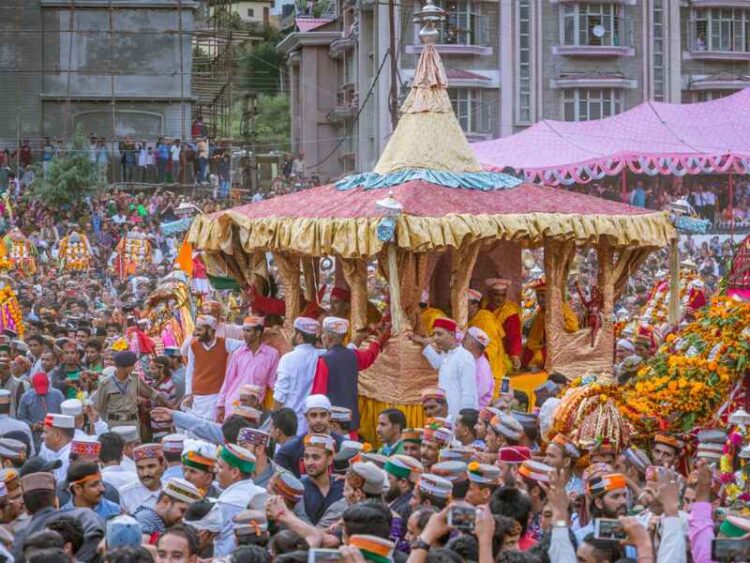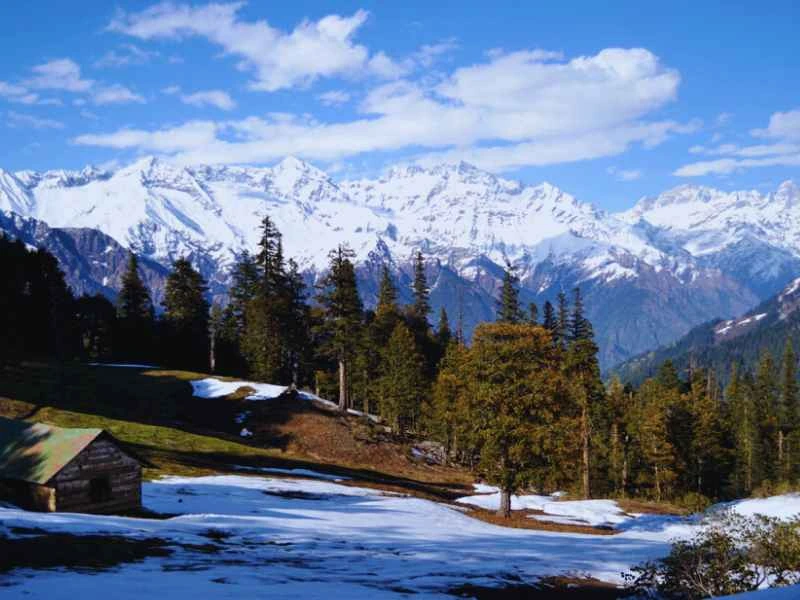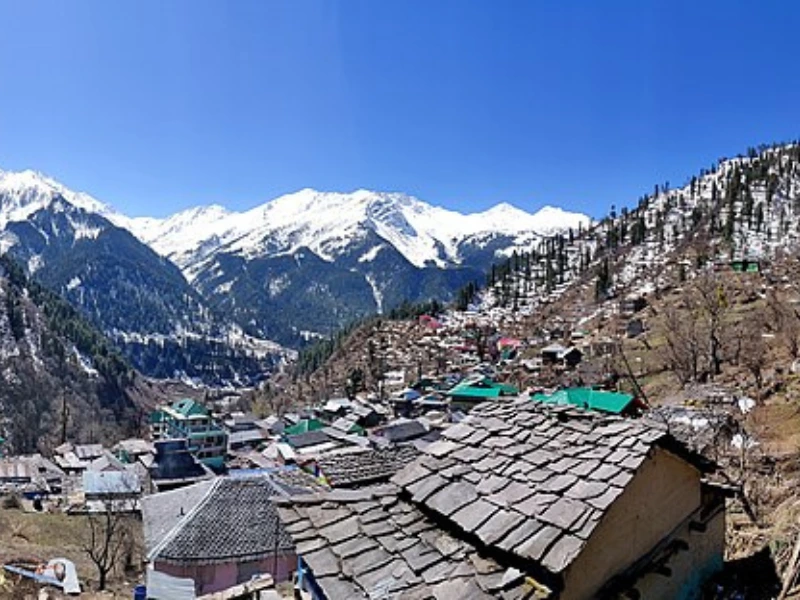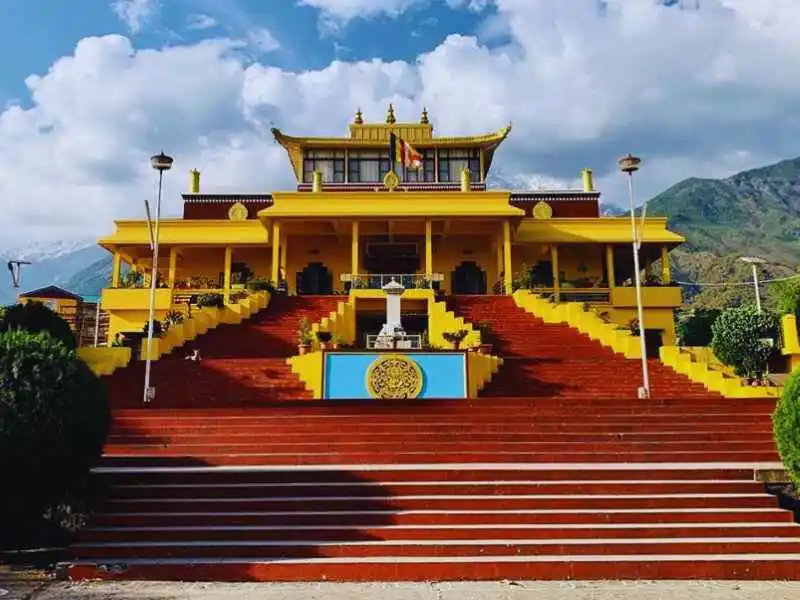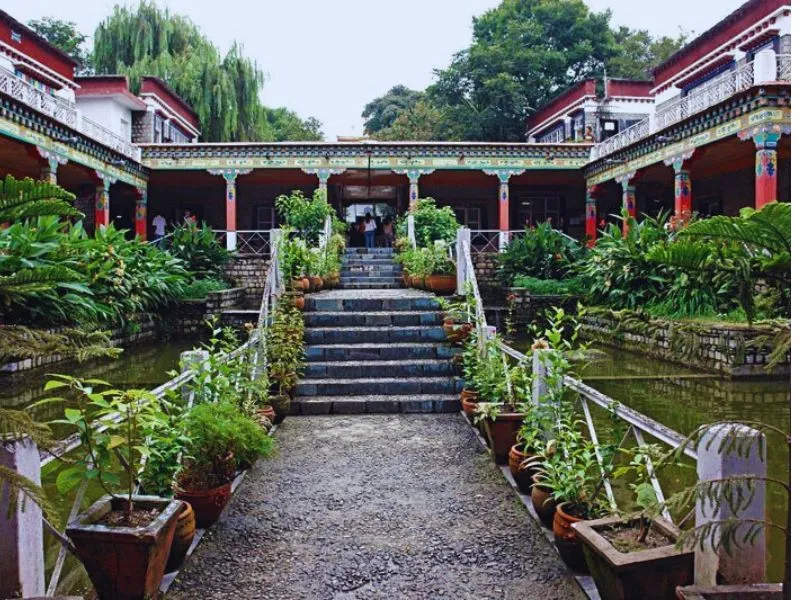Kullu Dussehra is among the most vivid and distinctive celebrations celebrated in the lovely Kullu Valley of Himachal Pradesh. Celebrated for its grandeur and cultural diversity, this week-long event draws guests from all over ready to experience its unique customs and vibrant energy. Kullu Dussehra is a fascinating event for residents and visitors alike because of its cultural relevance and centuries-old customs unlike those of conventional Dussehra festivities.
History and Origin of Kullu Dussehra
Kullu Dussehra originated in the 17th century when Kullu’s king, Raja Jagat Singh, brought local gods to Kullu for the festival following strong inspiration from Lord Raghunath (an avatar of Lord Rama). Legend holds that a saint instructed the king to bring an idol of Lord Raghunath to atone for his transgressions. His problems disappeared after this, and he designated Lord Raghunath as Kullu’s current god. Since then, the celebration has revolved mostly around Lord Raghunath.
Celebrated in 1660, the first Kullu Dussehra developed into a celebration bringing together more than 200 local deities, thereby gathering a great assembly of divinity and festivity in the valley.
The Unique Traditions of Kullu Dussehra
Kullu Dussehra’s close links to local gods distinguish it from the customary celebrations seen elsewhere in India. Kullu’s version emphasizes loyalty and a celebration of the spiritual legacy of the area whereas the rest of the nation usually burns effigies of Ravana to represent the triumph of good over evil.
One remarkable aspect is the spectacular parade wherein gods from nearby towns are conveyed in exquisitely decorated palanquins to Dhalpur Maidan, where Lord Raghunath presides. Every god is revered greatly; the valley hums with prayers, folk dances, and traditional music. The celebration is a wonderful mix of social friendliness and religious commitment.
Festivities and Events
The traditional rath yatra, in which Lord Raghunath is hauled in a chariot across the town, opens Kullu Dussehra. The celebrations officially start here, and they last seven days.
Cultural events, music, and shows highlighting the rich legacy of the area abound during the festival. Visitors may take in traditional folk dances such as the “Nati,” musical events, and even handcraft fairs showcasing the local talent. Markets are humming with activity; the town becomes a center of celebration and delight.
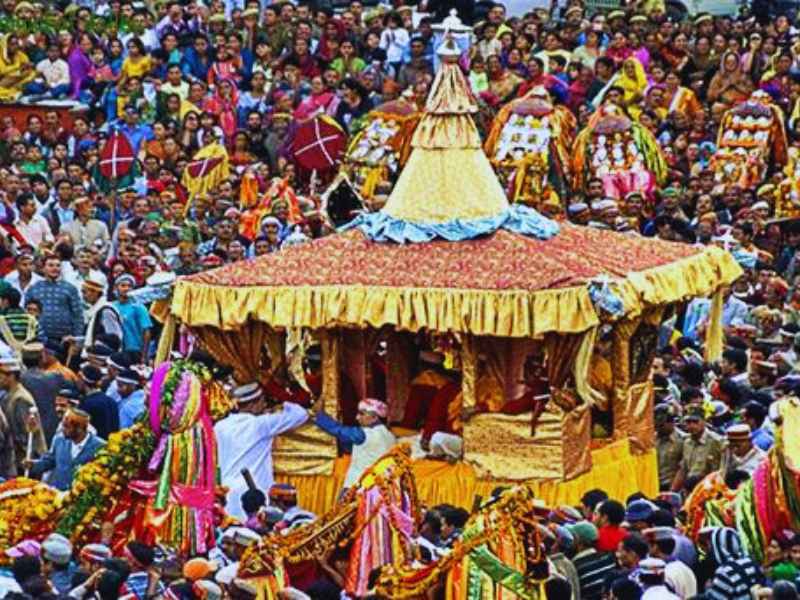
The assembly of local gods, in which each deity is carried by people in a palanquin to meet Lord Raghunath, therefore symbolizing the union and harmony between the divine and mortal domains, is among the highlights of the festival.
Also Read: Rohtang Pass: The Perfect Day Trip from Manali
The Concluding Ceremony: Lankadahan
The event reaches its crescendo on the last day with the spectacular “Lankadahan,” which stands for the burning of Lanka, the demon king Ravana’s domain, hence signifying the triumph of Lord Rama. Setting light a pile of dry wood, this custom represents the victory of good over evil. Thousands of people come to see this show, therefore ending the week-long celebrations with a grand finale.
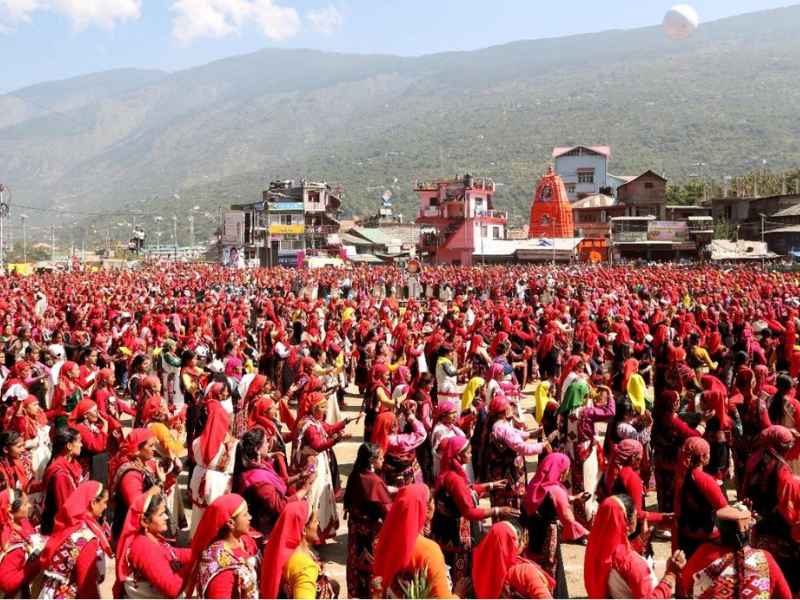
Kullu Dussehra: Global Appeal
Although Kullu Dussehra has always been a local event, over time it has become well-known outside. The festival’s combination of spirituality, culture, and celebration of the environment has drawn attendees from all across the globe. Being a UNESCO-recognized festival has only helped to increase its worldwide appeal by attracting visitors eager to savor the special character of this Himalayan legacy.
How to Reach Kullu and When to Visit
Usually in October, the ideal time to visit Kullu Dussehra to enjoy its enchantment is right during the festival itself. The Kullu Dussehra dates for 2024 are supposed to fall from 8th October to 14th October.
By Air: About 10km from the town, Bhuntar is the closest airport to Kullu. Regular flights from Delhi and Chandigarh make it handy.
By road: Kullu is well-served by major towns such as Delhi, Chandigarh, and Shimla by buses and cabs.
By rail: Joginder Nagar and Chandigarh are the closest stations. One may then get a bus or cab to Kullu from here.
Frequently Asked Questions (FAQs)
Kully Dussehra is celebrated to honor local gods like Lord Raghunath (Lord Rama). Kullu Dussehra is deeply linked to the spiritual and cultural legacy of Kullu, it honors the victory of good over evil.
Celebrated originally in 1660 under Raja Jagat Singh’s rule, Kullu Dussehra was inspired by his consecration of the kingdom to Lord Raghunath.
Although the celebration celebrates the cultural diversity of the Kullu Valley and honours the triumph of good over evil, its importance rests in the meeting of local deities, therefore stressing the spiritual oneness of the area.
Celebrated seven days, starting on Vijaya Dashami, the same day Dussehra is observed throughout India.
Unlike the usual burning of Ravana effigies seen in other regions of India, Kullu Dussehra is centred on the worship of local deities and Lord Raghunath with a particular emphasis on cultural and spiritual unification.
Indeed, Kullu Dussehra is observed by people from all across the world and has gained international respect; visitors swarm to see its distinctive customs and rites.
